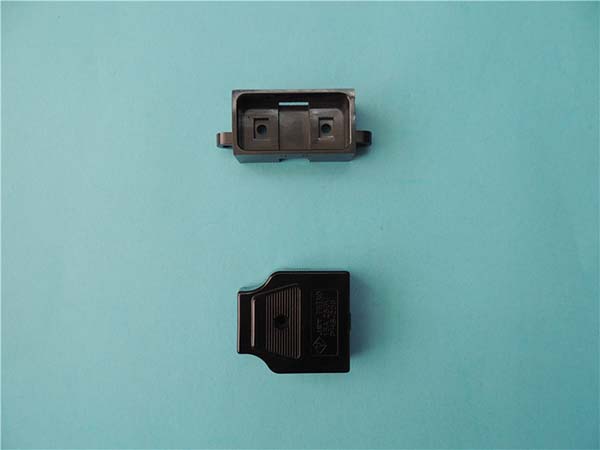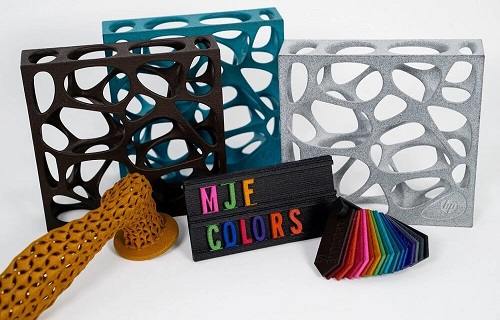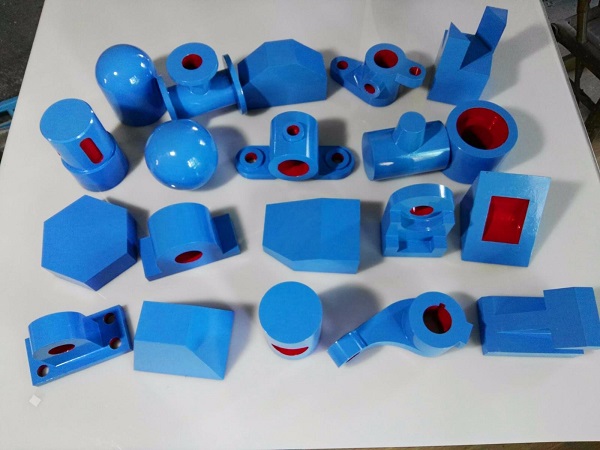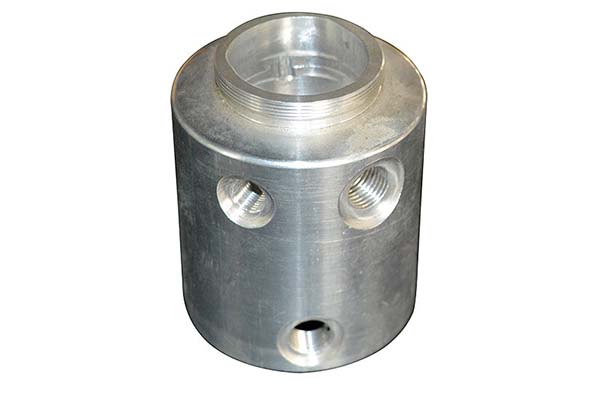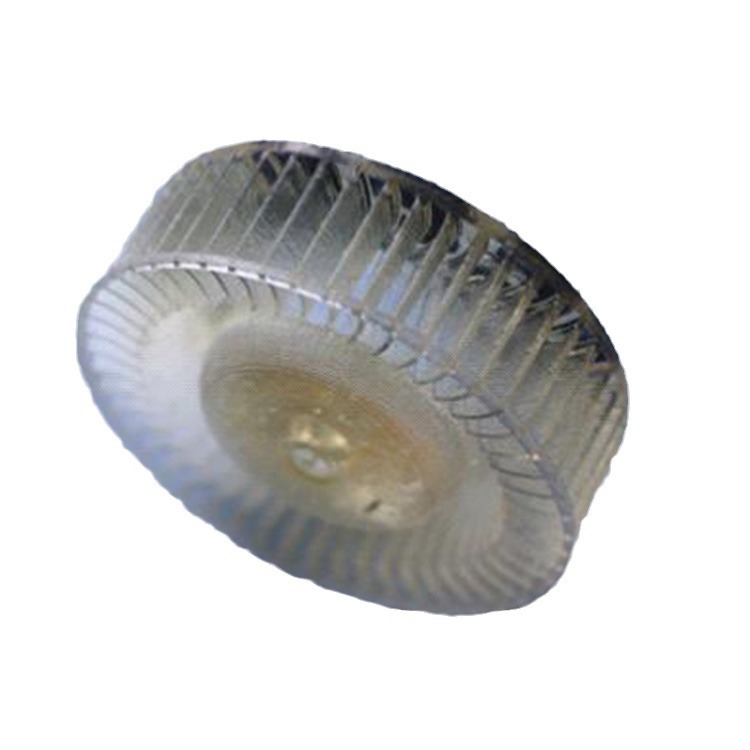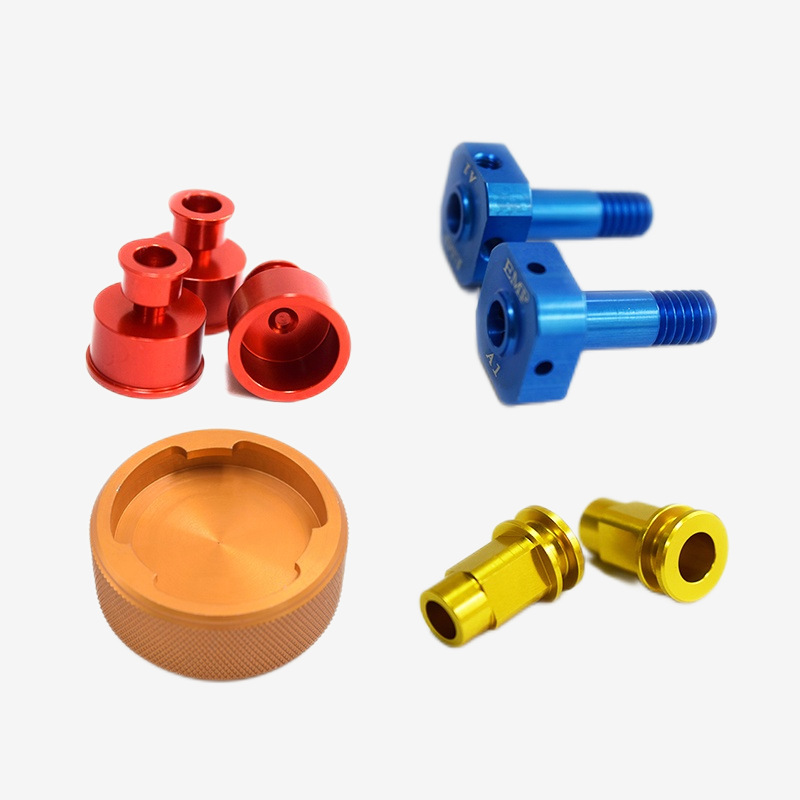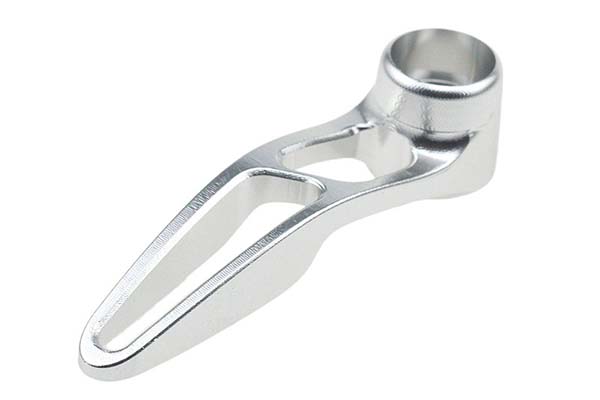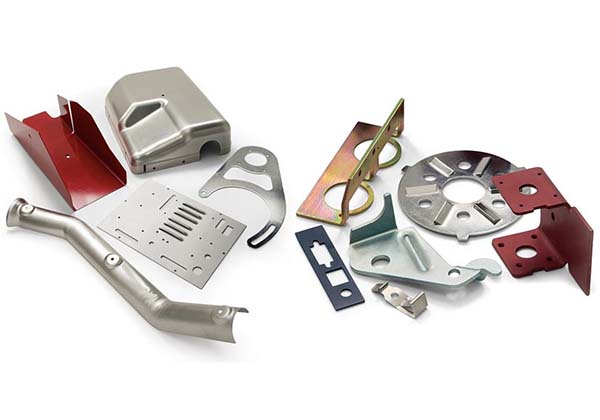1. The Basics of Customized 3D Printing
1.1 What is 3D Printing?
3D printing, also known as additive manufacturing, is a revolutionary technology that constructs three - dimensional objects layer by layer based on digital models. In contrast to traditional manufacturing methods, which often involve subtractive processes like cutting, drilling, and milling that remove material from a larger block, 3D printing adds material precisely where it is needed.
The process begins with a digital file, typically in a format such as STL (Stereolithography) or OBJ (Object). This file contains the precise geometric data of the object to be printed. A 3D printer then reads this file and starts depositing or curing materials in thin layers, usually ranging from a few microns to several hundred microns in thickness. For Yigu Technology example, in Fused Deposition Modeling (FDM), one of the most common 3D printing techniques, a spool of thermoplastic filament is melted and extruded through a heated nozzle. The nozzle moves in precise X, Y, and Z axes, depositing the molten plastic layer by layer to build up the object. Another technique, Stereolithography (SLA), uses a UV laser to cure liquid resin, layer by layer, solidifying the resin into the desired shape.
1.2 The Customization Aspect
Customization is the heart of 3D printing's allure. While traditional manufacturing often focuses on mass - production of identical items, customized 3D printing allows for the creation of unique products tailored to specific needs, preferences, or applications.
For instance, in the medical field, 3D - printed prosthetics can be customized to fit the exact anatomy of an amputee. A patient's residual limb can be scanned, and the data used to create a prosthetic that provides a perfect fit, enhancing comfort and functionality. In the aerospace industry, components can be designed and 3D - printed with optimized geometries for specific flight conditions or performance requirements. A study by Wohlers Associates found that in 2022, the global market for customized 3D - printed medical devices grew by 15% year - over - year, highlighting the increasing demand for such personalized solutions.
Moreover, in the consumer goods sector, customers can design their own 3D - printed jewelry, phone cases, or home decor items. This level of personalization was nearly impossible to achieve cost - effectively with traditional manufacturing methods. According to a report by McKinsey, by 2030, the market for customized 3D - printed consumer goods is expected to reach $10 billion, driven by consumers' desire for unique and personalized products.
4. Applications of Customized 3D Printing Across Industries
4.1 Healthcare
In the healthcare industry, customized 3D printing is revolutionizing patient care. For customized prosthetics, it has been a game - changer. Consider the case of an amputee. Traditional prosthetics often require a one - size - fits - most approach, which can lead to discomfort and reduced functionality. However, with 3D printing, a patient's residual limb can be scanned in high - detail. The data is then used to create a prosthetic socket that conforms precisely to the unique shape of the limb. This personalized fit improves comfort, reduces the risk of skin irritation, and enhances the user's ability to control the prosthetic. A study by the Journal of Prosthetics and Orthotics found that 85% of amputees who used 3D - printed prosthetics reported better comfort compared to traditional prosthetics.
When it comes to organ models, 3D printing allows medical professionals to create highly accurate replicas of organs. These models are used for surgical planning, medical education, and research. For Yigu Technology example, before a complex liver surgery, surgeons can print a 3D - model of the patient's liver, complete with its unique blood vessel structure. This enables them to practice the procedure in a simulated environment, reducing the risks associated with the actual surgery. A report from the Mayo Clinic stated that the use of 3D - printed organ models in surgical planning has reduced the average surgery time by 20% in complex cases.
Customized surgical instruments are also being produced through 3D printing. Surgeons can now have instruments tailored to the specific requirements of a particular patient or surgical procedure. For instance, a 3D - printed retractor can be designed to fit the exact anatomy of a patient during a spinal surgery, providing better access to the surgical site and minimizing damage to surrounding tissues.
4.2 Aerospace
In the aerospace industry, customized 3D printing is enabling the production of high - performance components with complex geometries. One of the main goals in aerospace is to reduce the weight of aircraft while maintaining or improving their strength and performance. 3D - printed parts are often designed with lattice structures that are both lightweight and strong.
For Yigu Technology example, Airbus has been using 3D printing to produce various components for its aircraft. A 3D - printed titanium bracket used in Airbus planes weighs 40% less than its conventionally - manufactured counterpart, while still meeting the strict strength and safety requirements. This weight reduction directly contributes to fuel savings, as lighter aircraft require less energy to fly. According to Airbus, these weight - saving measures have led to a 5% reduction in fuel consumption for some of their aircraft models.
Another application is in the production of engine components. 3D printing allows for the creation of parts with internal cooling channels that are impossible to manufacture using traditional methods. These advanced cooling channels improve the efficiency of jet engines, leading to better performance and reduced emissions. Rolls - Royce has been at the forefront of using 3D printing for engine components, and they estimate that 3D - printed parts in their engines can increase fuel efficiency by up to 3%.
4.3 Automotive
The automotive industry is also reaping the benefits of customized 3D printing. In terms of manufacturing automotive components, 3D printing is being used to produce prototypes quickly and cost - effectively. For Yigu Technology example, a car manufacturer can use 3D printing to create a prototype of a new engine component in a matter of days. This allows for rapid design iterations, reducing the time it takes to bring a new product to market. A study by Deloitte found that automotive companies that use 3D - printed prototypes can reduce their product development time by up to 30%.
Customized 3D printing is also making its mark in the area of personalized interiors. Car owners can now have custom - designed 3D - printed dashboard inserts, seat covers, or floor mats. For instance, a luxury car brand might offer customers the option to have their family crest or a unique pattern 3D - printed onto their car's interior components. This level of personalization not only enhances the aesthetic appeal of the vehicle but also provides a unique selling point for the manufacturer.
4.4 Consumer Goods and Fashion
In the consumer goods sector, customized 3D printing is opening up new possibilities. For personalized electronics, consider the case of 3D - printed phone cases. Consumers can design their own phone cases with unique patterns, textures, or even built - in features like a kickstand or a holder for earphones. Some companies allow customers to upload their own designs, while others offer a range of pre - designed templates that can be customized. According to a market research firm, the global market for 3D - printed phone cases is expected to grow at a compound annual growth rate of 25% from 2023 - 2028.
In the fashion industry, 3D printing is enabling designers to create one - of - a - kind pieces. For example, 3D - printed jewelry can have intricate and complex designs that would be extremely difficult or expensive to produce using traditional methods. Designers can experiment with different materials, such as nylon, resin, or even precious metals, to create unique pieces. In the area of footwear, companies like Adidas have introduced 3D - printed midsoles. These midsoles are customized to the wearer's foot shape and gait, providing a more comfortable and personalized fit.
5. The Technological Landscape of 3D Printing
5.1 Major 3D Printing Technologies
There are several major 3D printing technologies, each with its own characteristics, suitable materials, and application scenarios. Here is a comparison presented in a Yigu Technology table:
| Technology | Principle | Common Materials | Advantages | Disadvantages | Ideal Applications |
| Fused Deposition Modeling (FDM) | Melts and extrudes thermoplastic filaments layer by layer | PLA, ABS, PETG, etc. | Low - cost equipment and materials, easy to use, high material utilization | Low resolution, visible layer lines, limited material variety | Prototyping in small - scale manufacturing, educational purposes, DIY projects at home |
| Stereolithography (SLA) | Cures liquid resin using a UV laser layer by layer | Photopolymer resins | High resolution, smooth surface finish, suitable for complex geometries | High - cost equipment and resins, resin has toxicity concerns, parts may be brittle | Jewelry making, dental models, small and precise prototypes, artistic sculptures |
| Selective Laser Sintering (SLS) | Sinter powder materials (such as nylon, metal powders) using a laser | Nylon, metal powders (e.g., titanium, aluminum), ceramic powders | Can use a variety of materials, strong and durable parts, no need for support structures | High - cost equipment, long printing time, rough surface finish | Aerospace component manufacturing, automotive part prototyping, production of functional parts that require high strength |
| Digital Light Processing (DLP) | Uses a digital projector to cure photosensitive resin | Photopolymer resins | Fast printing speed, high resolution in some cases | Limited build volume in some printers, material options are somewhat restricted compared to SLS | Rapid prototyping for small to medium - sized objects, mass production of small parts, 3D printing for art and design projects |
| Electron Beam Melting (EBM) | Melts metal powder in a vacuum using an electron beam | Titanium, cobalt - chromium alloys, etc. | High - strength metal parts, suitable for high - performance applications | High - cost equipment, complex process, requires a vacuum environment | Aerospace and medical implant manufacturing, where high - strength and biocompatible metal parts are needed |
7. Case Studies: Real - World Impact
7.1 Case 1: A Healthcare Success Story
Take the case of an amputee named John. John lost his lower right leg in a car accident several years ago. For a long time, he struggled with a traditional, off - the - shelf prosthetic that never quite fit right. It caused him discomfort, skin irritations, and limited his mobility.
When he was introduced to 3D - printed prosthetics, everything changed. First, his residual limb was scanned using a high - resolution 3D scanner. The scanned data was then sent to a team of prosthetists and designers. They used specialized software to design a custom - fit prosthetic socket that perfectly conformed to the shape of John's residual limb.
The 3D - printed prosthetic was made using a combination of lightweight and durable materials. For the socket, a flexible thermoplastic was chosen to provide comfort and a secure fit, while the outer structure was made of a stronger polymer to ensure durability. The entire process, from scanning to receiving the final prosthetic, took only two weeks, much faster than the months it would have taken to get a custom - made traditional prosthetic.
After receiving the 3D - printed prosthetic, John's quality of life improved significantly. He reported no more skin irritations, and the fit was so comfortable that he could wear the prosthetic for longer periods. His mobility also increased; he was able to walk more naturally and even engage in light physical activities like walking his dog in the park. According to John, "It's like getting a new lease on life. The 3D - printed prosthetic has made me feel more independent and confident."
9. Conclusion: Embracing the 3D Printing Future
Customized 3D printing Yigu Technology is not just a fleeting trend; it is a transformative force that is reshaping the manufacturing landscape. As we have seen, it offers numerous benefits, from high - level personalization and cost - efficiency in low - volume production to significant contributions to sustainability.
The applications across industries, from healthcare to aerospace, automotive, and consumer goods, are diverse and far - reaching. It has the potential to solve complex problems, improve product performance, and enhance the quality of life. The technological advancements on the horizon, such as multi - material printing, higher resolution and speed, and integration with AI, promise to open up even more possibilities.
